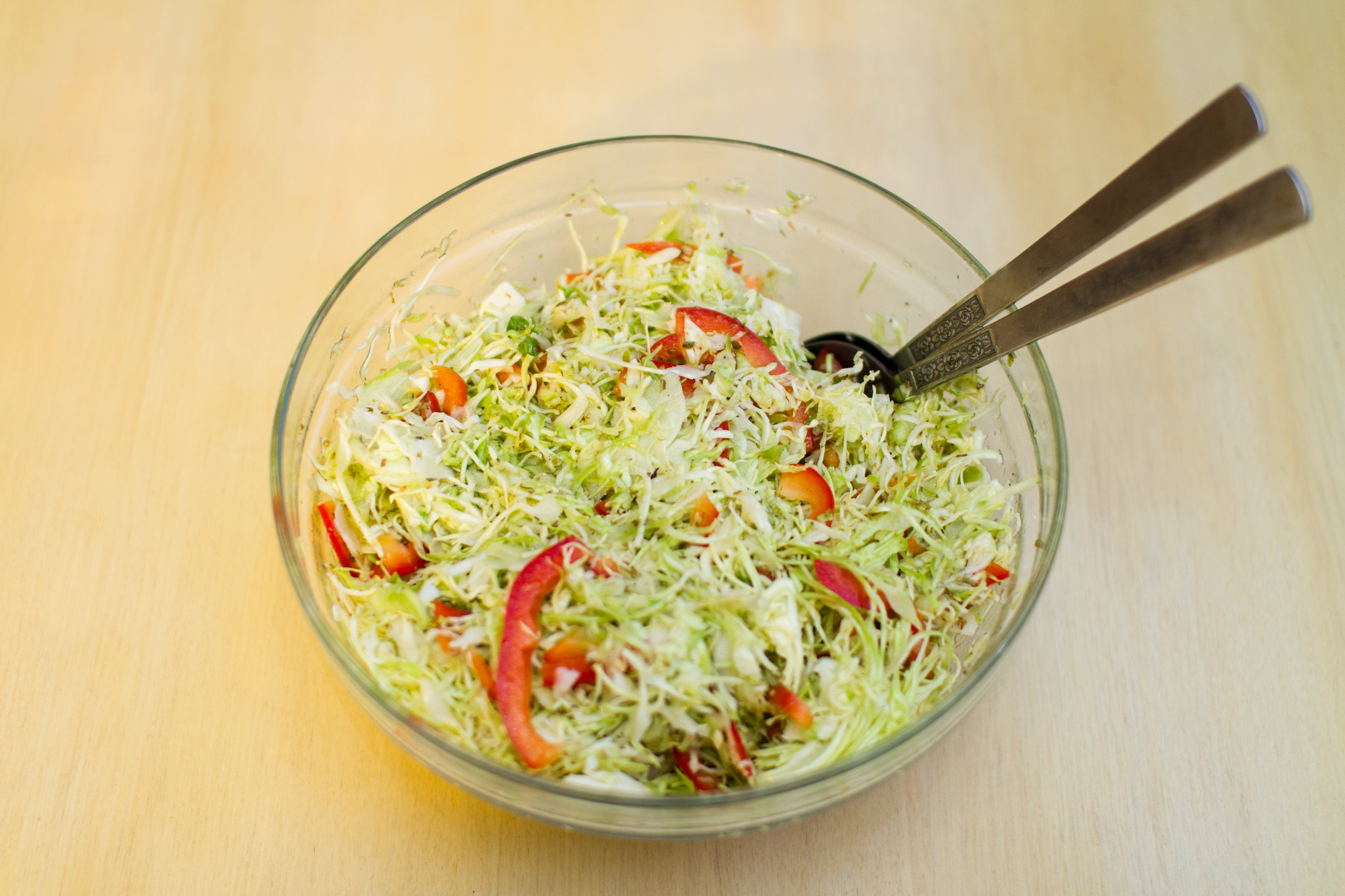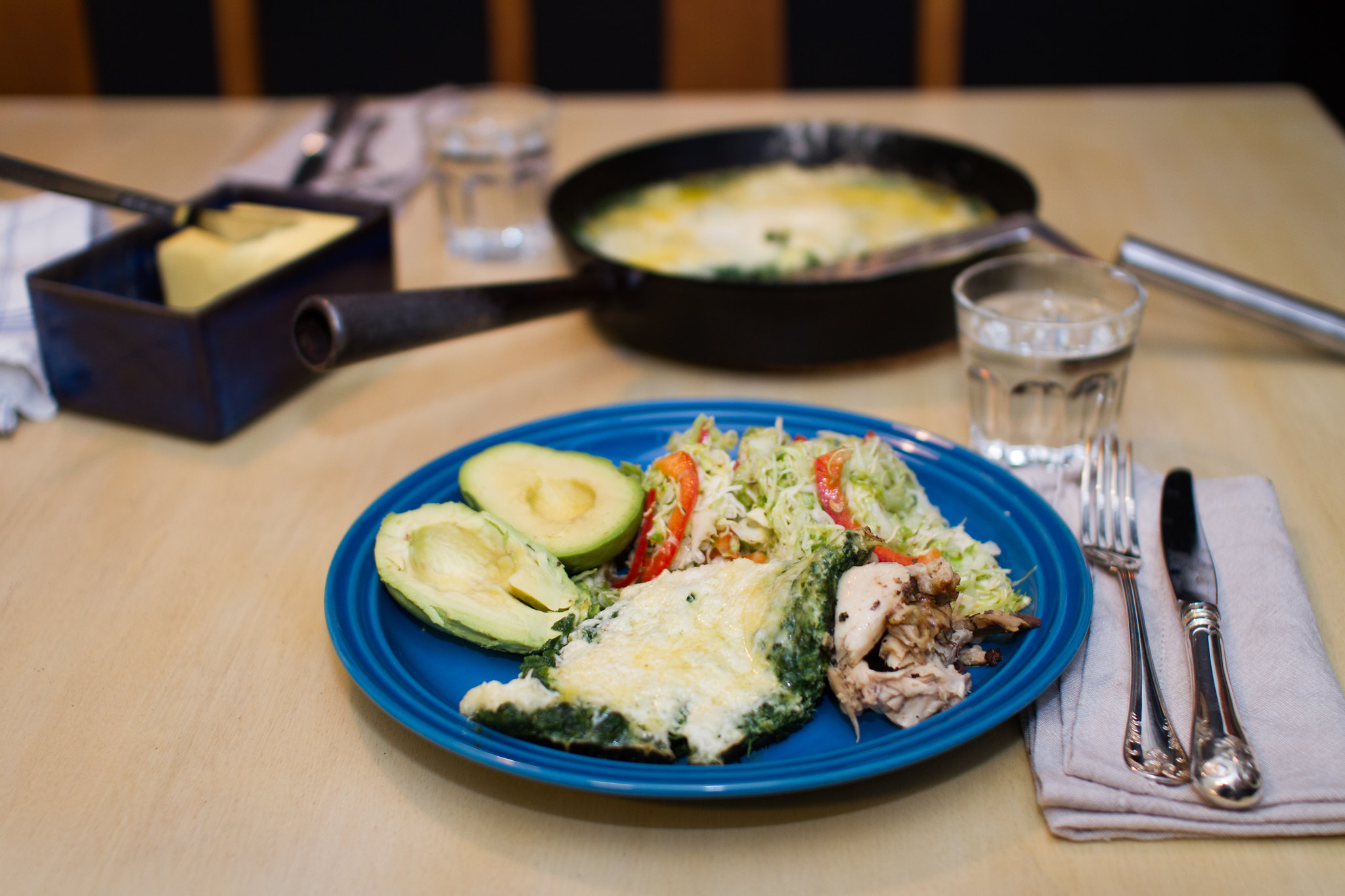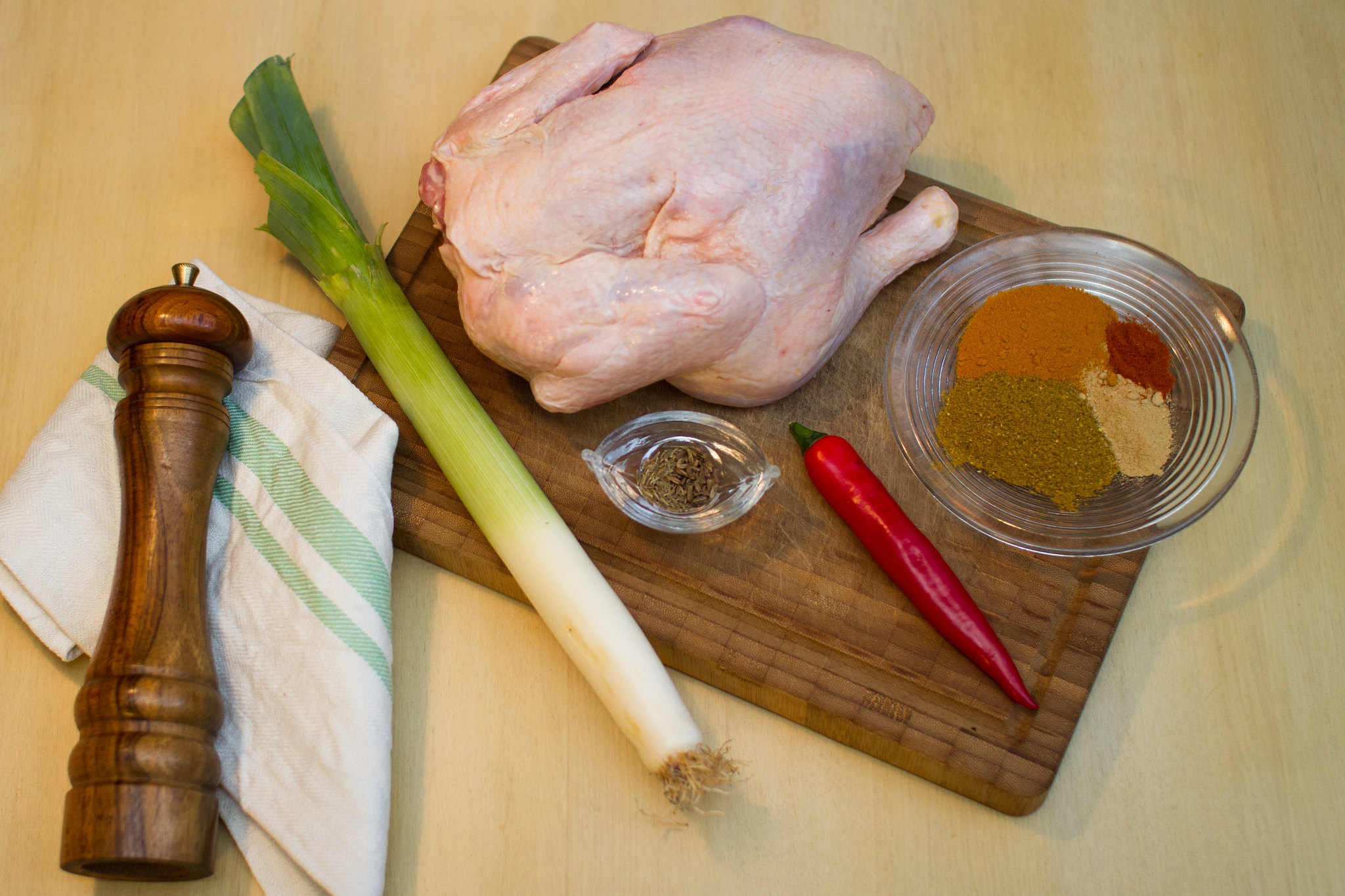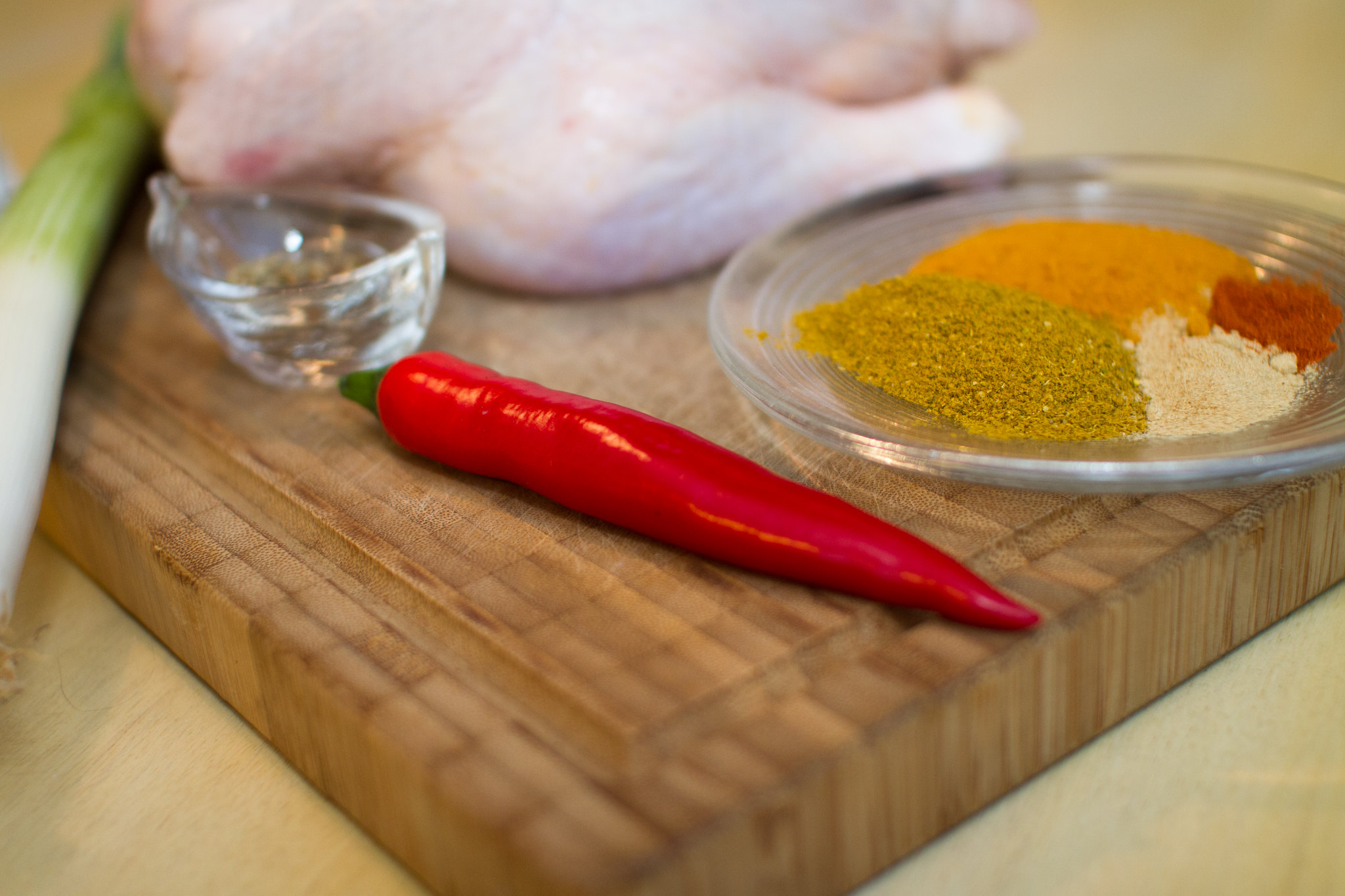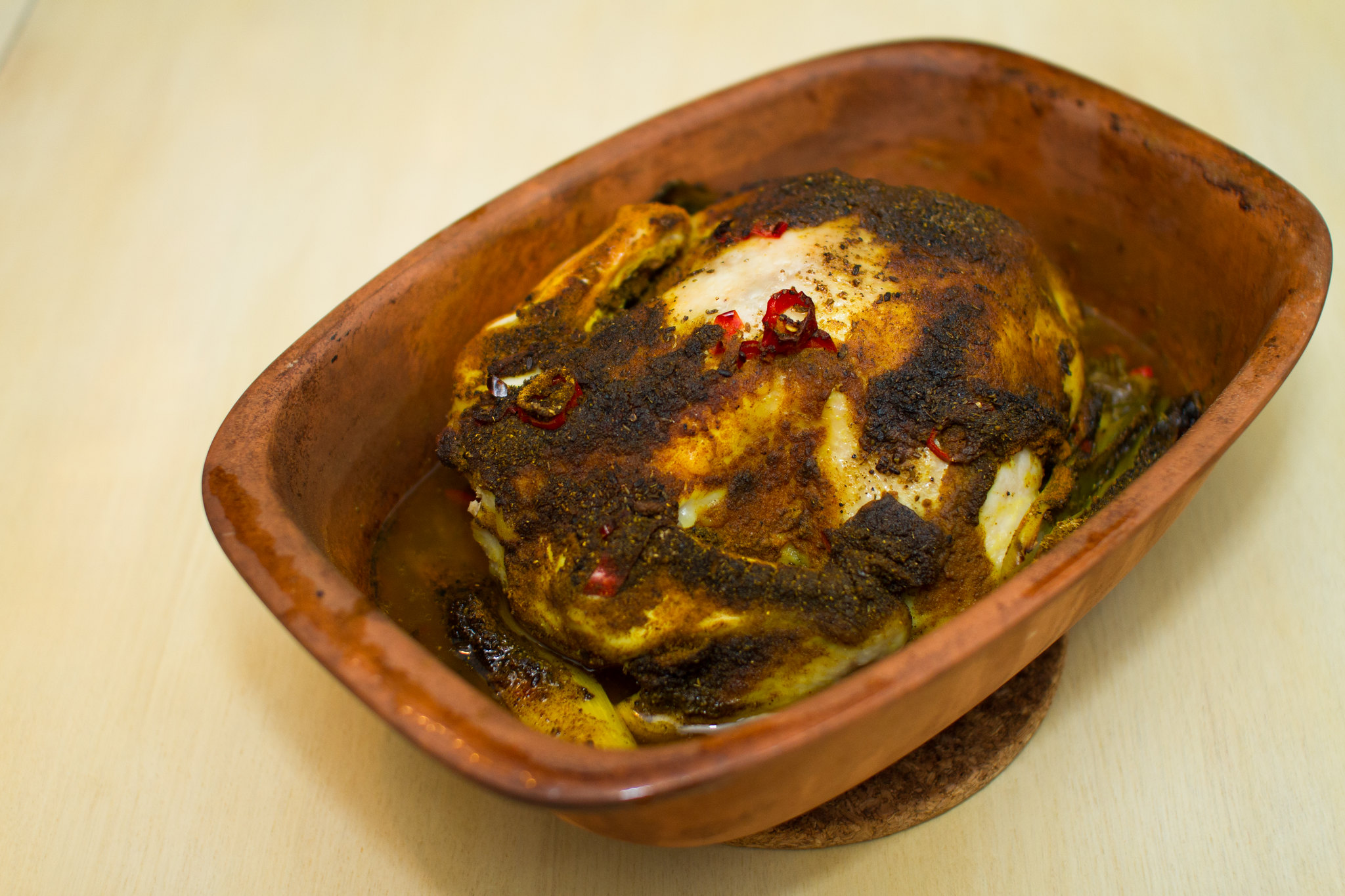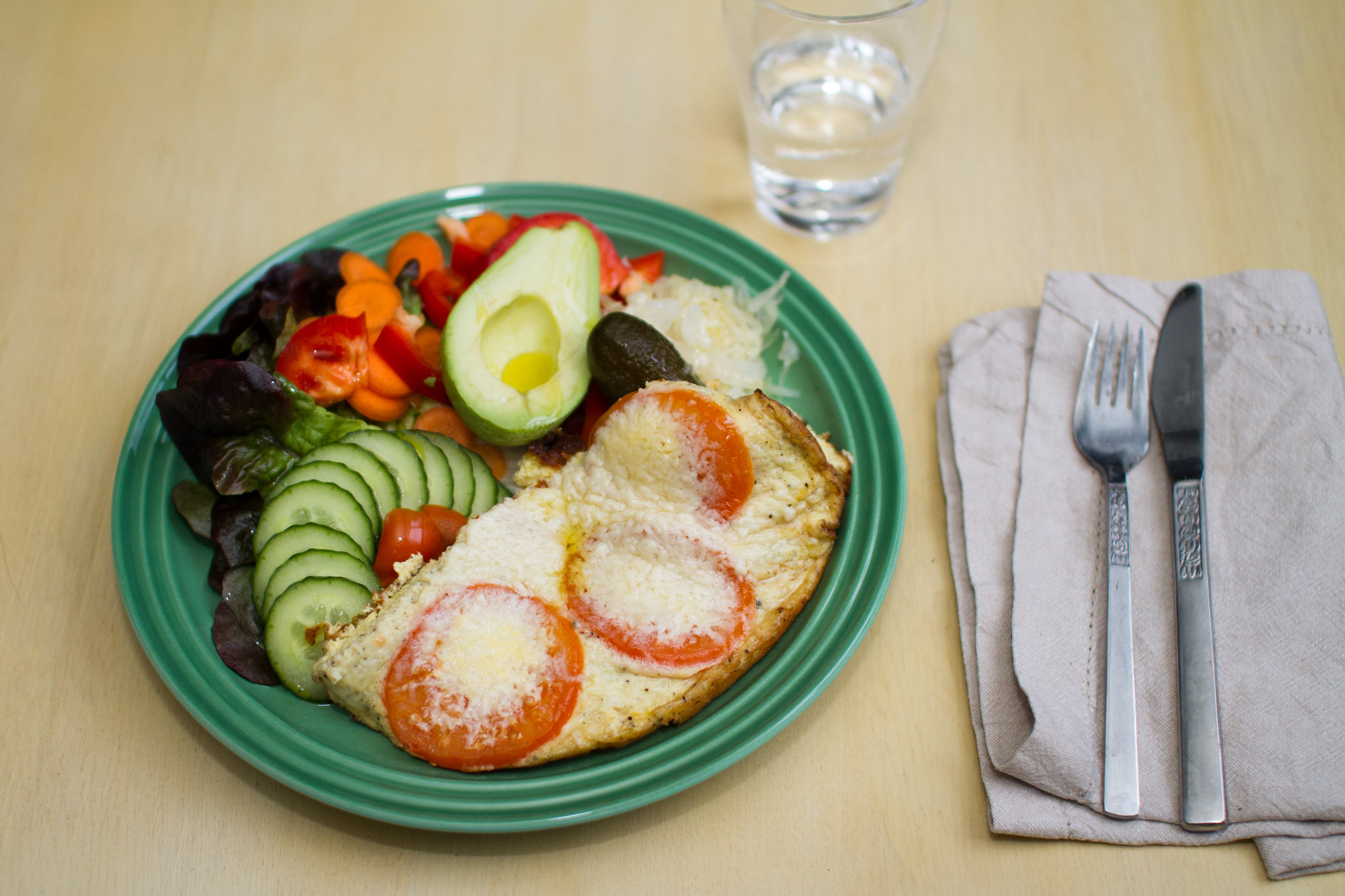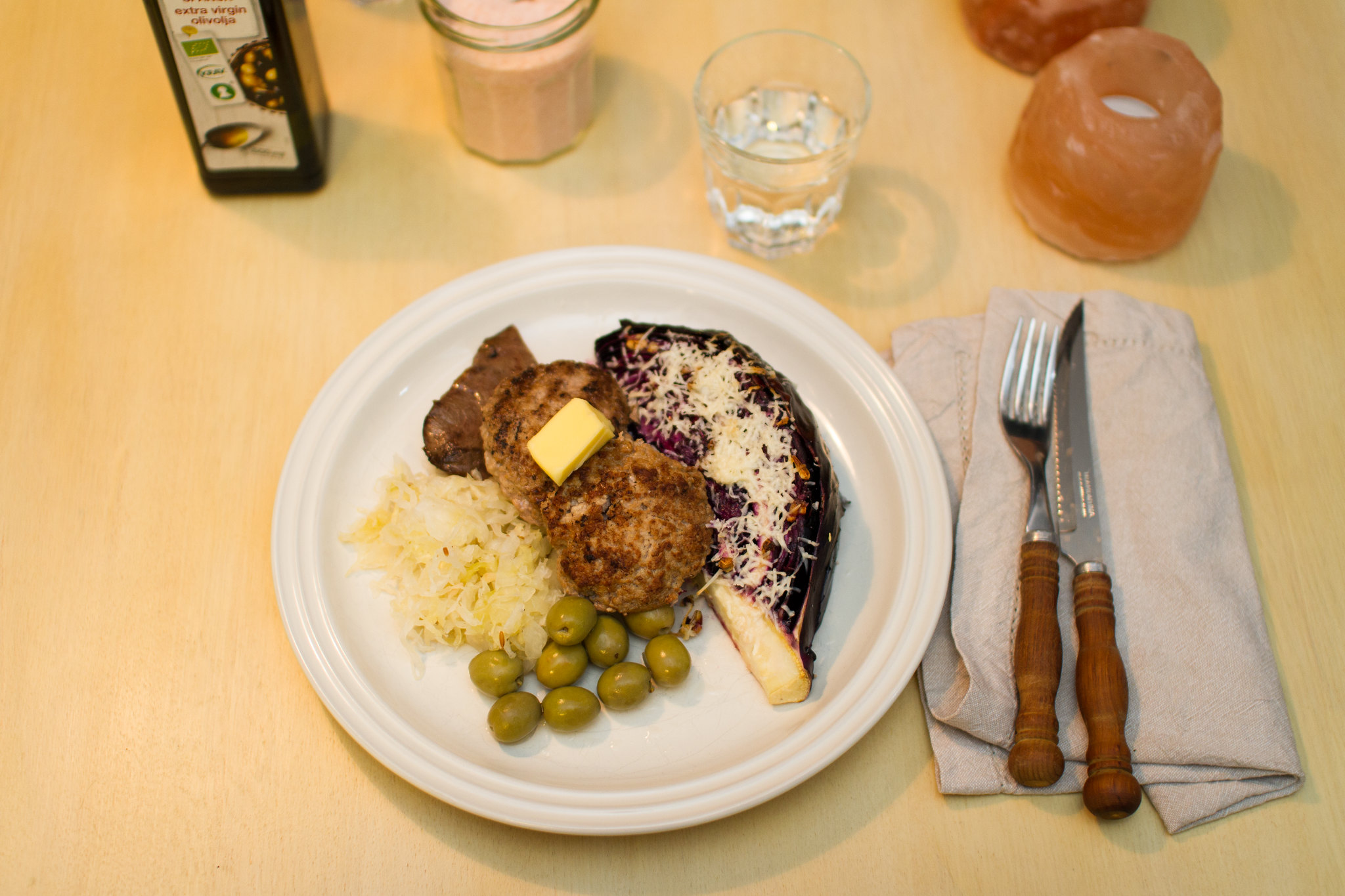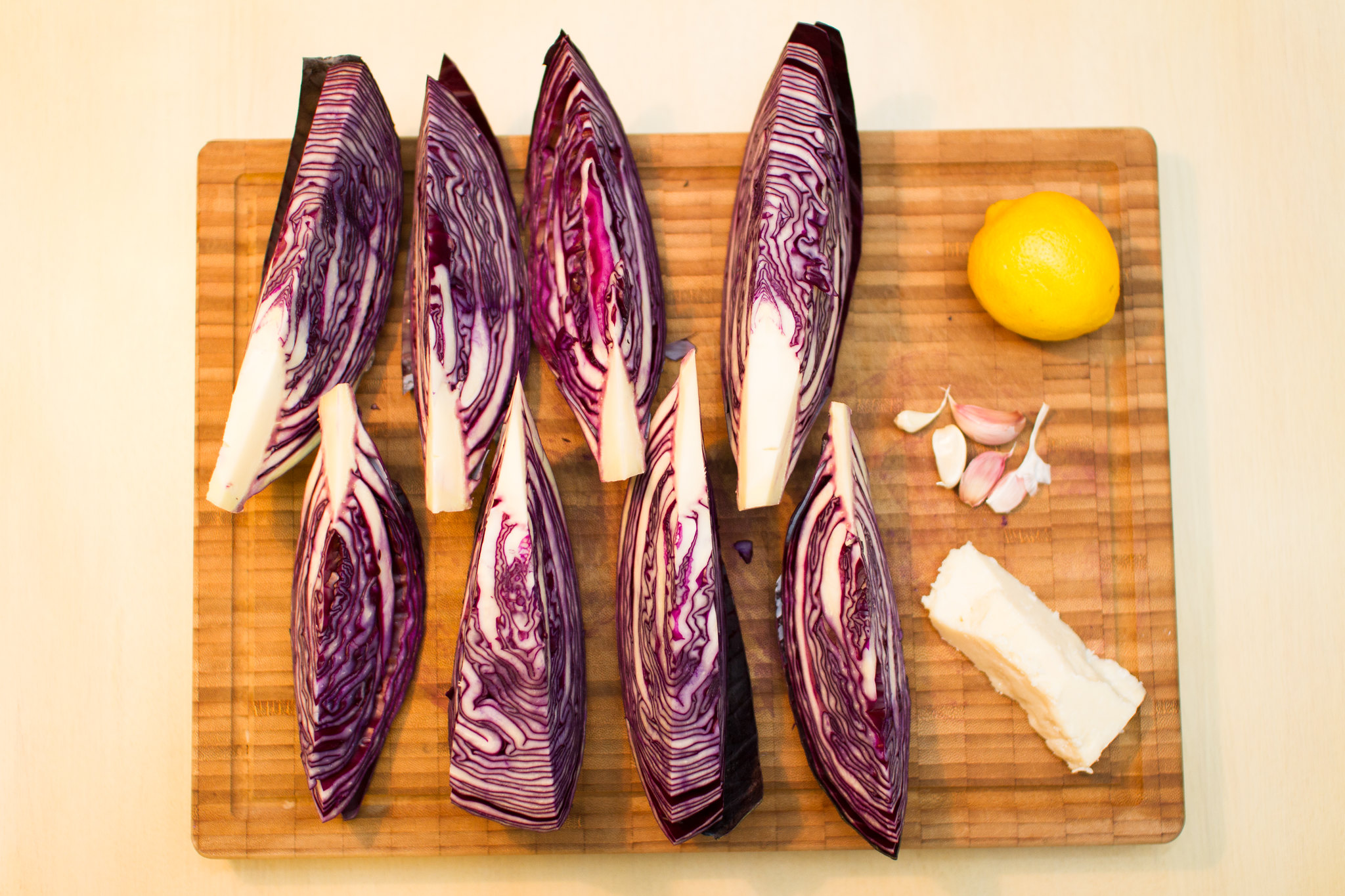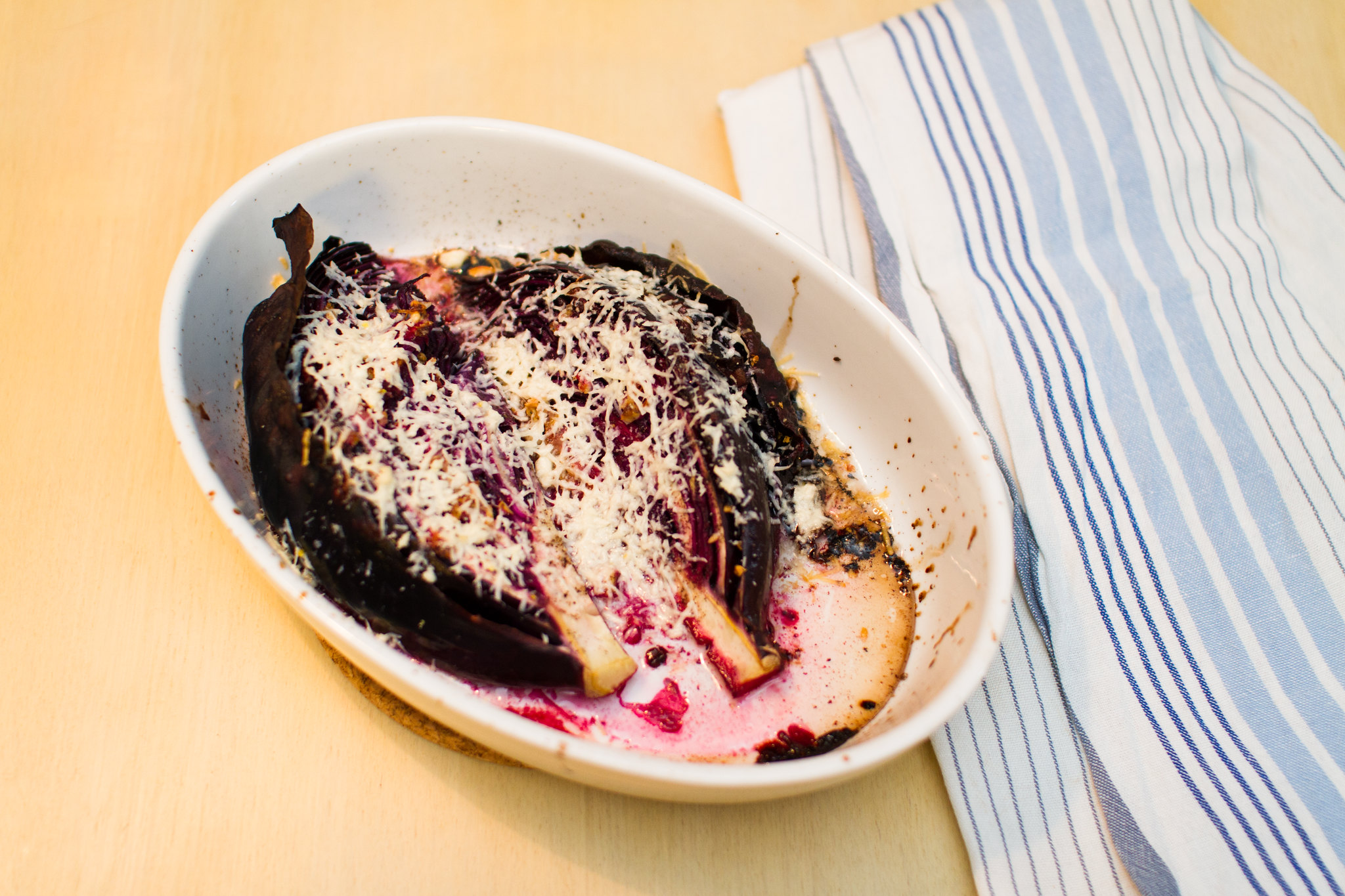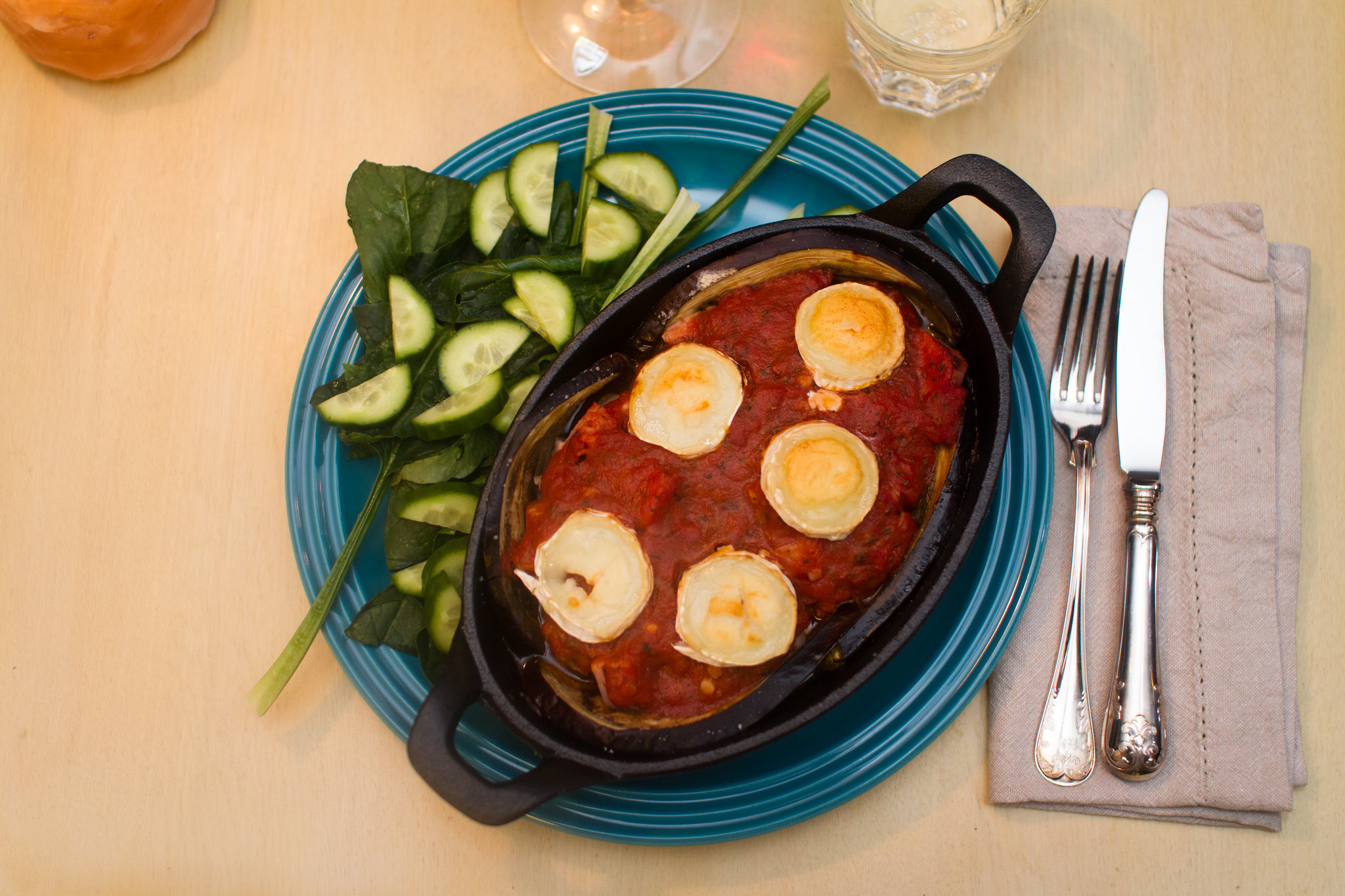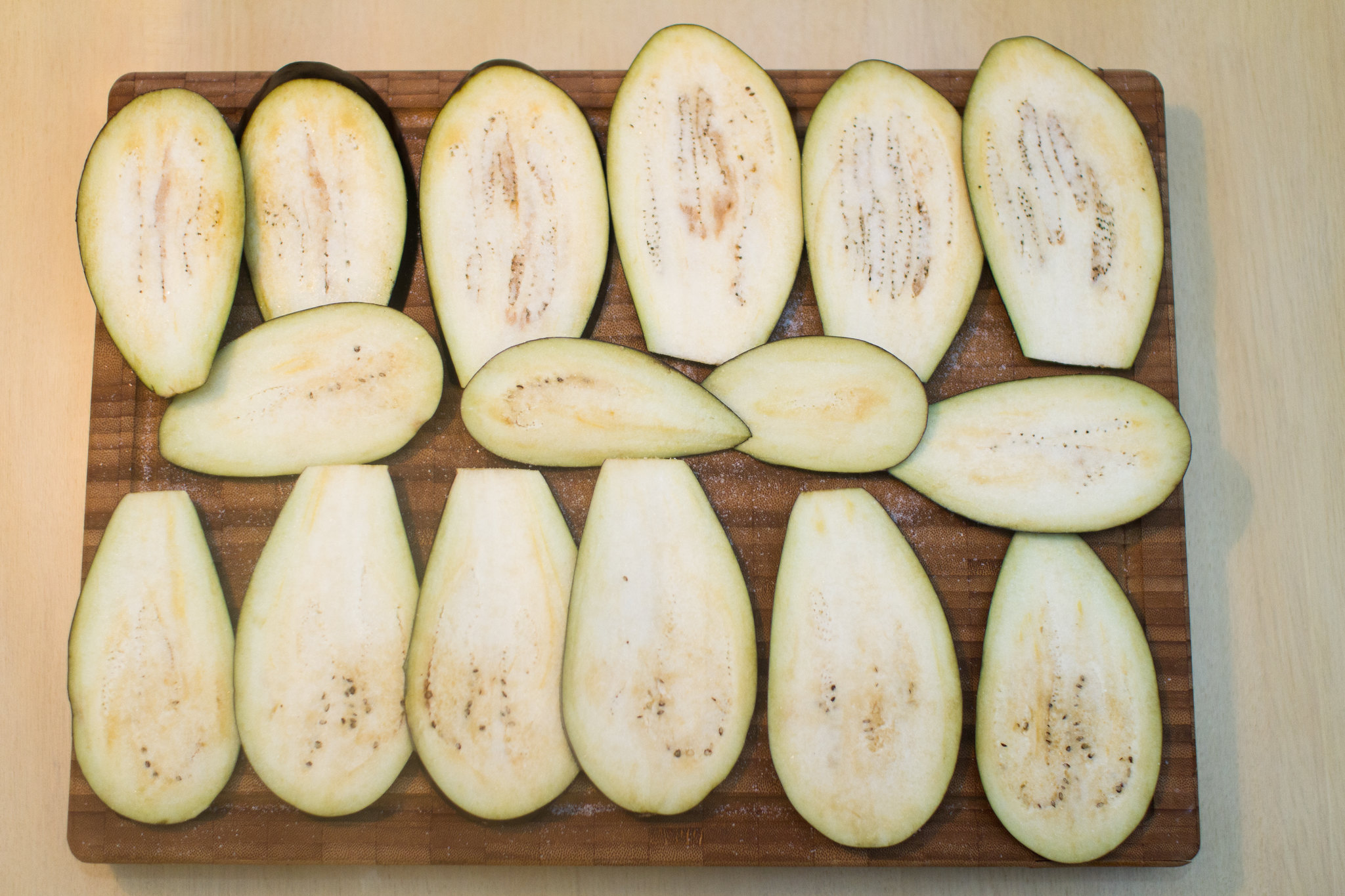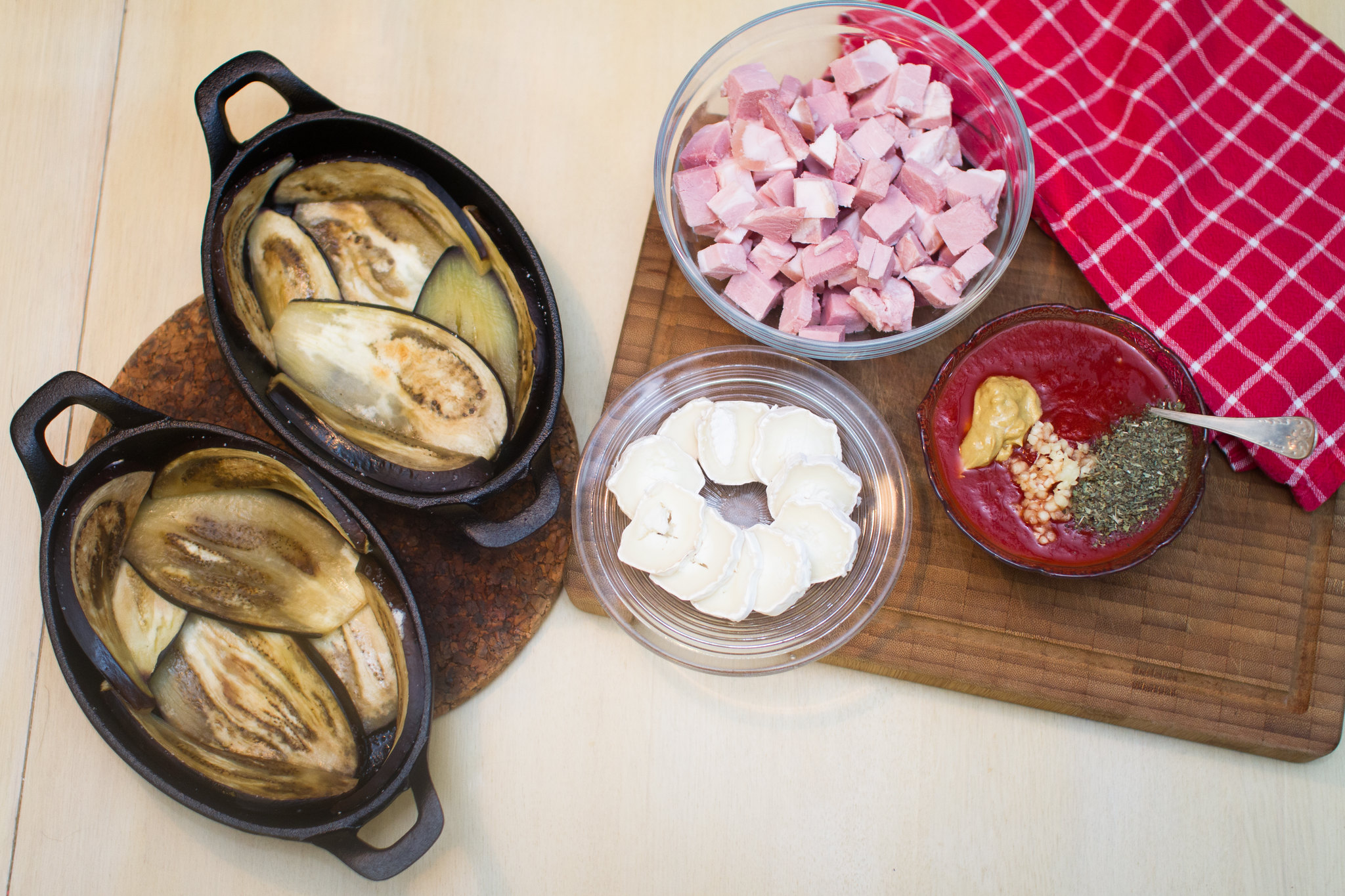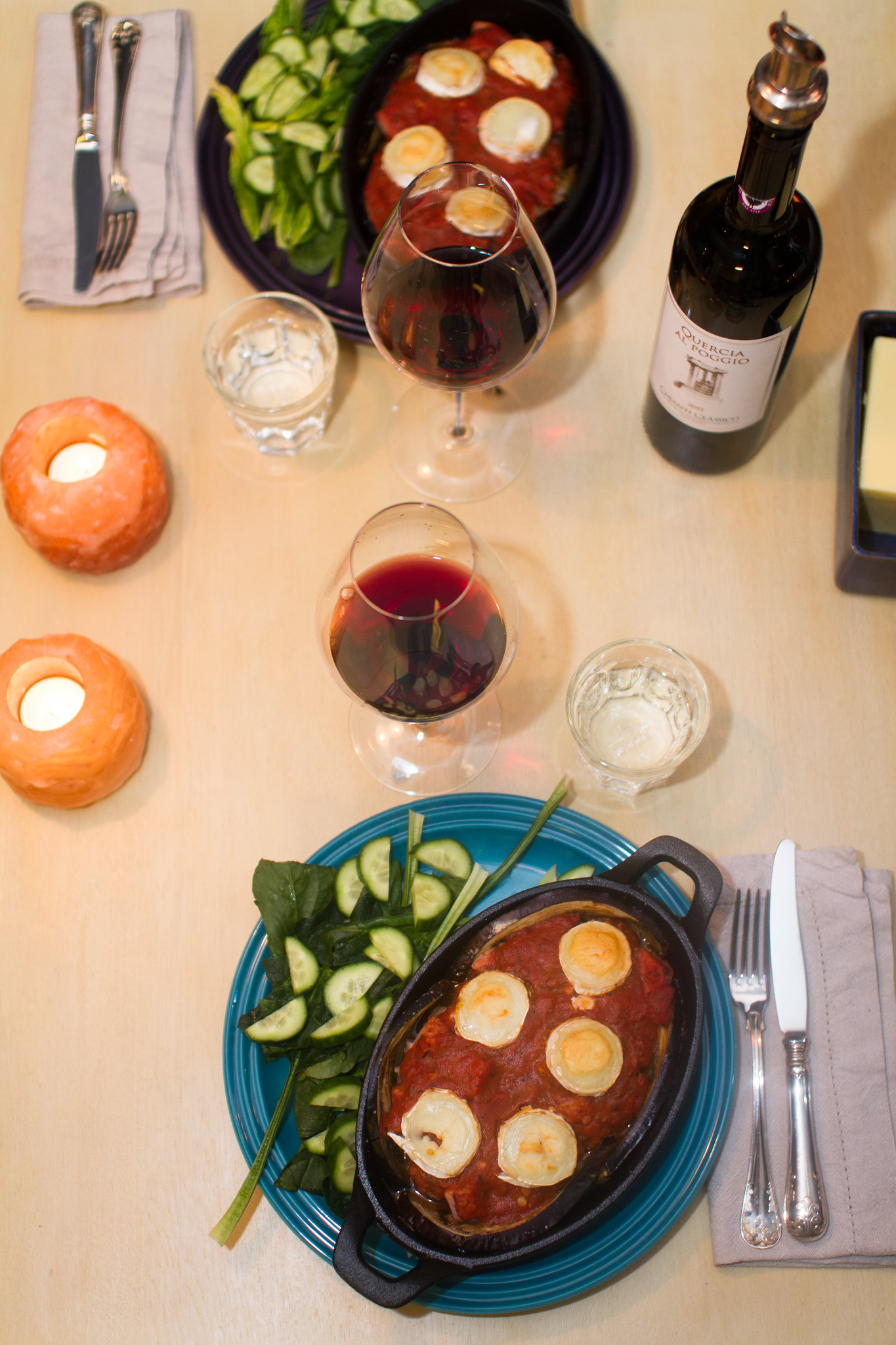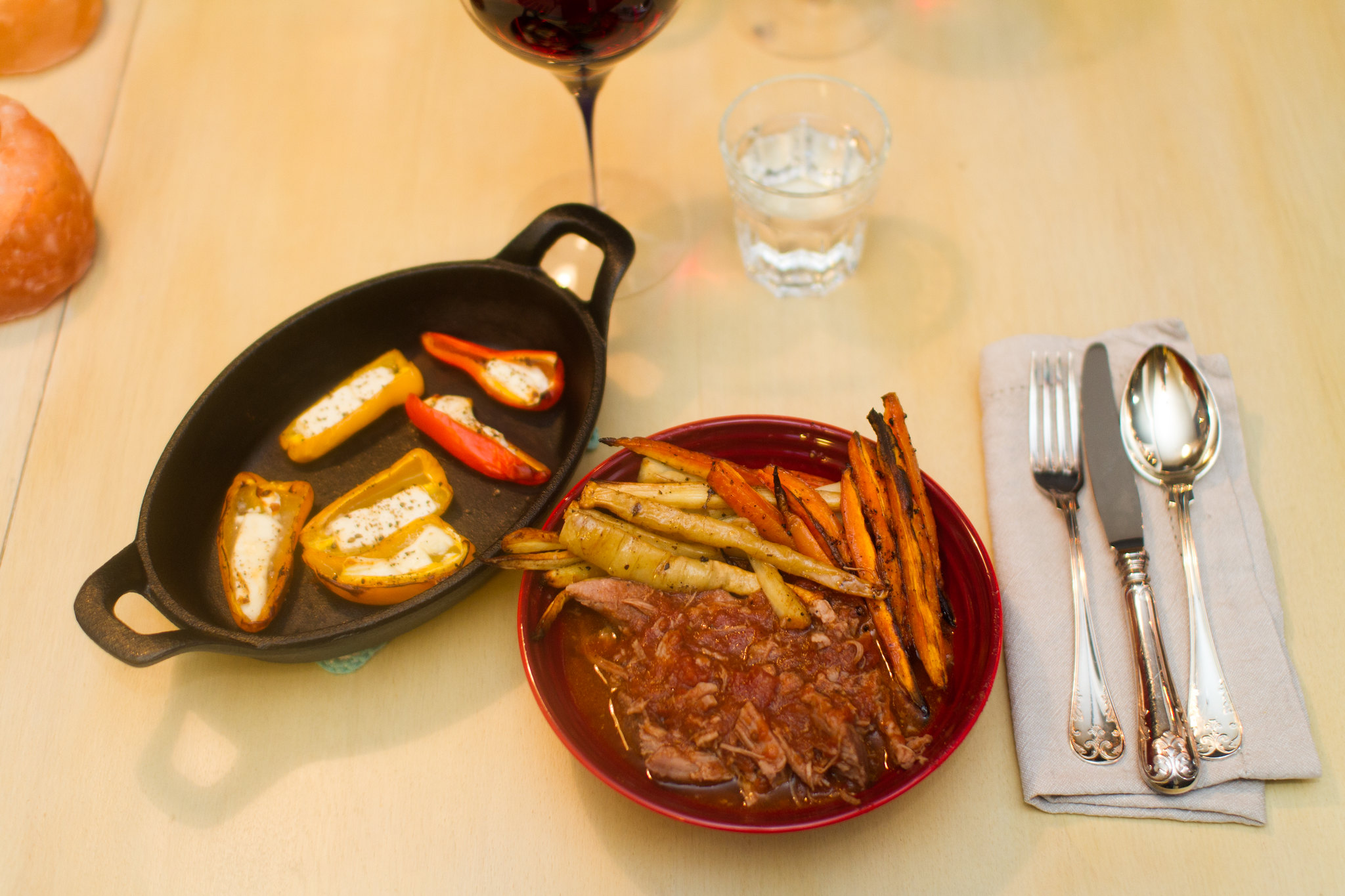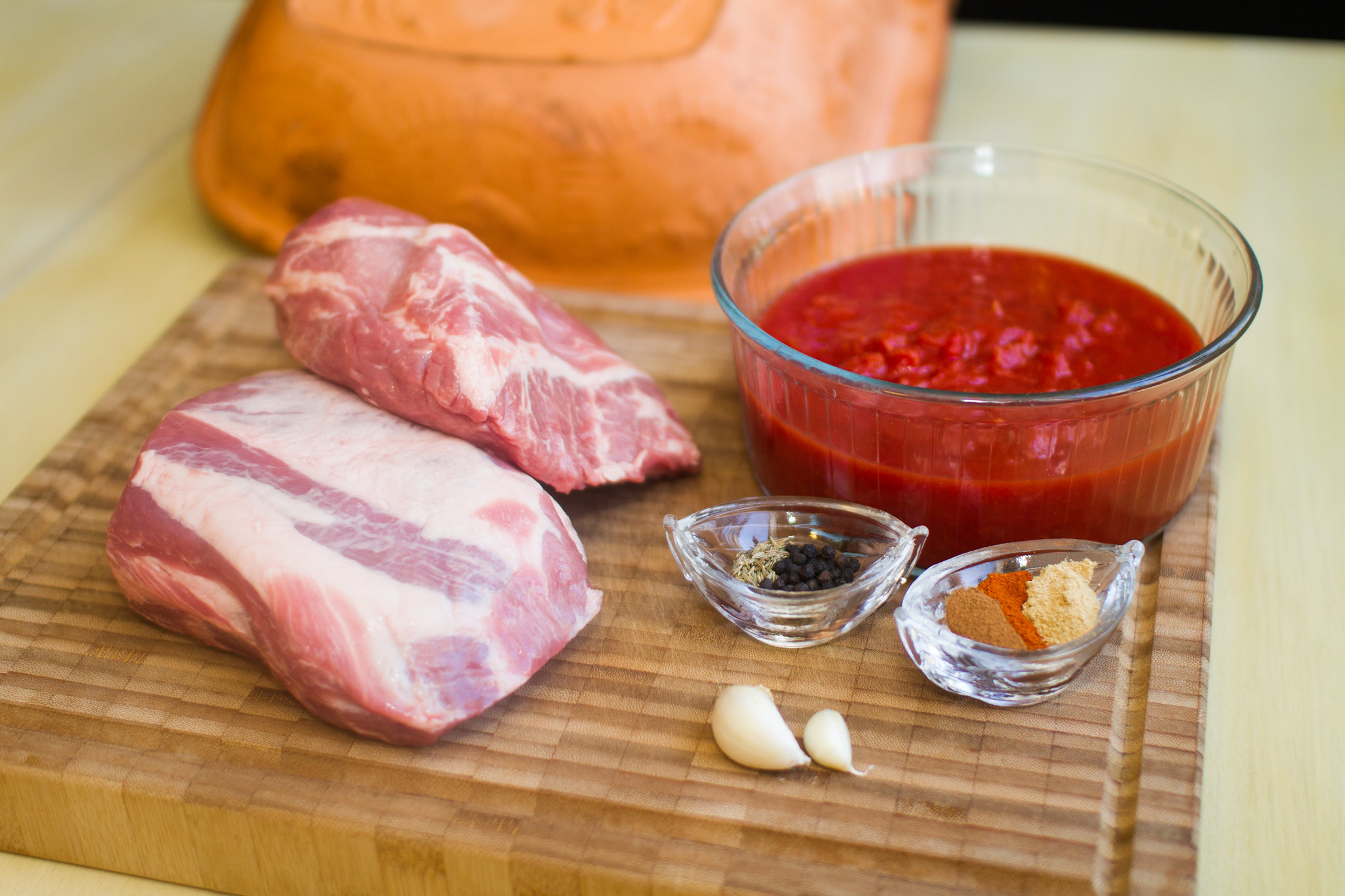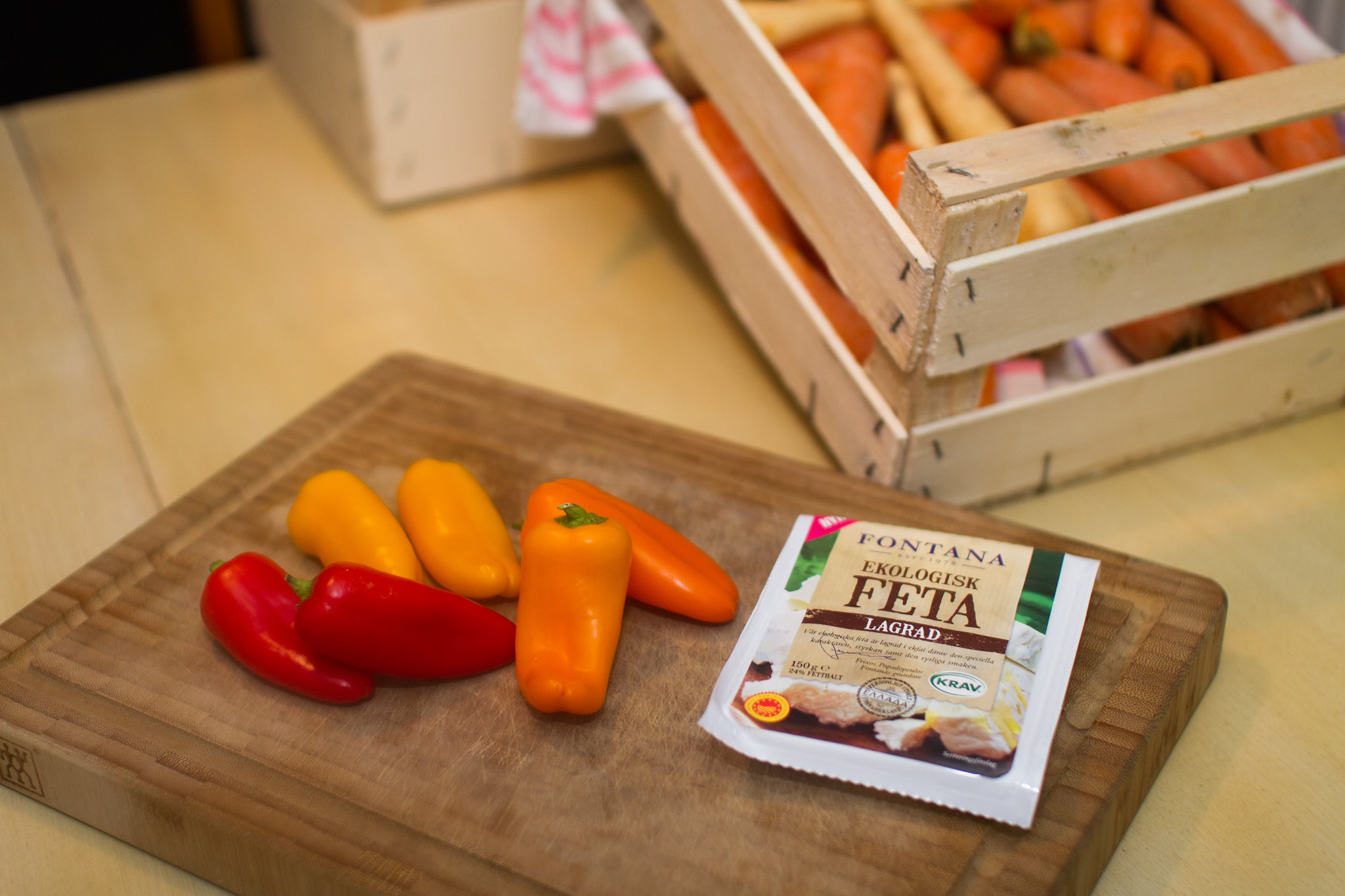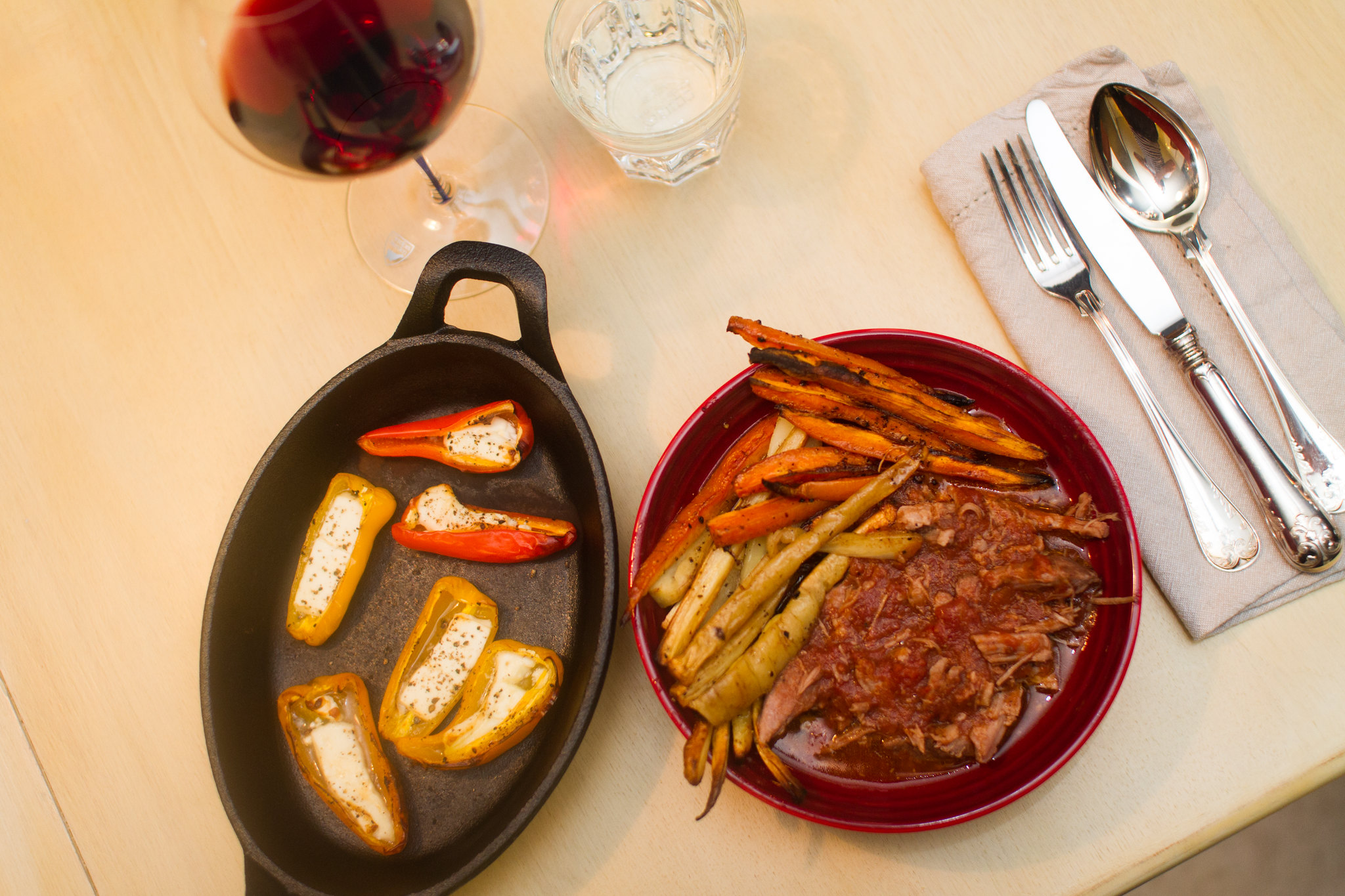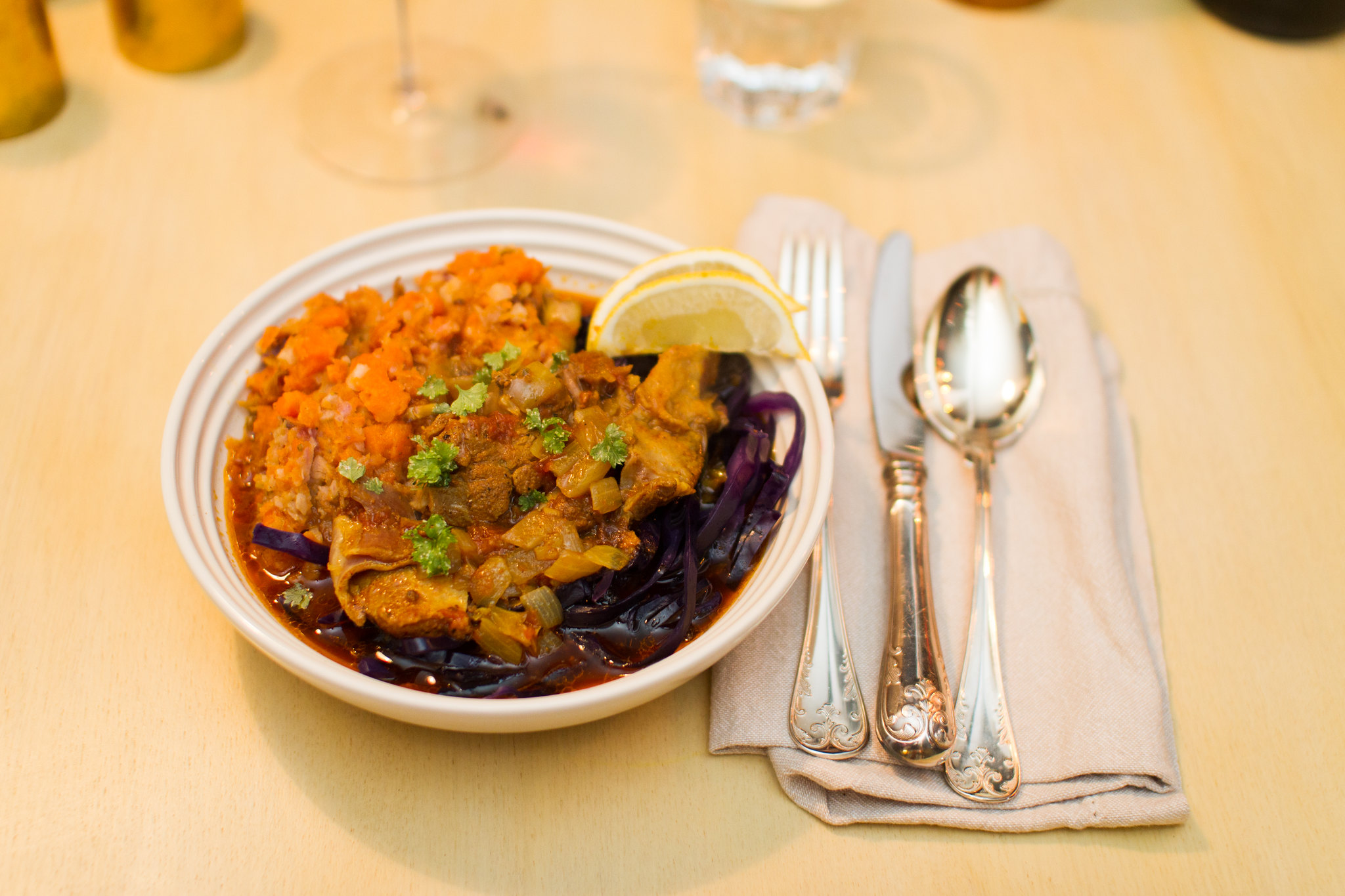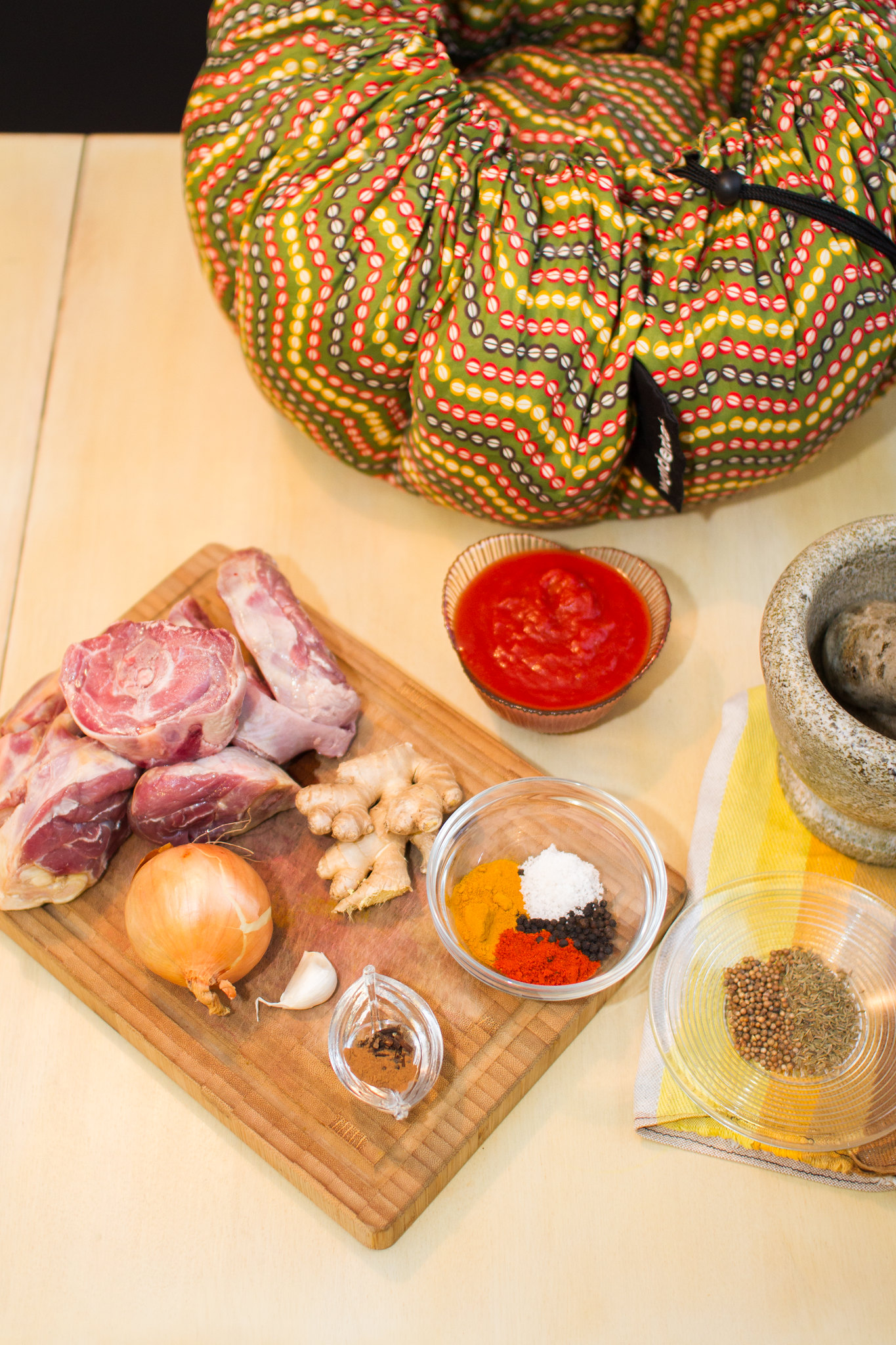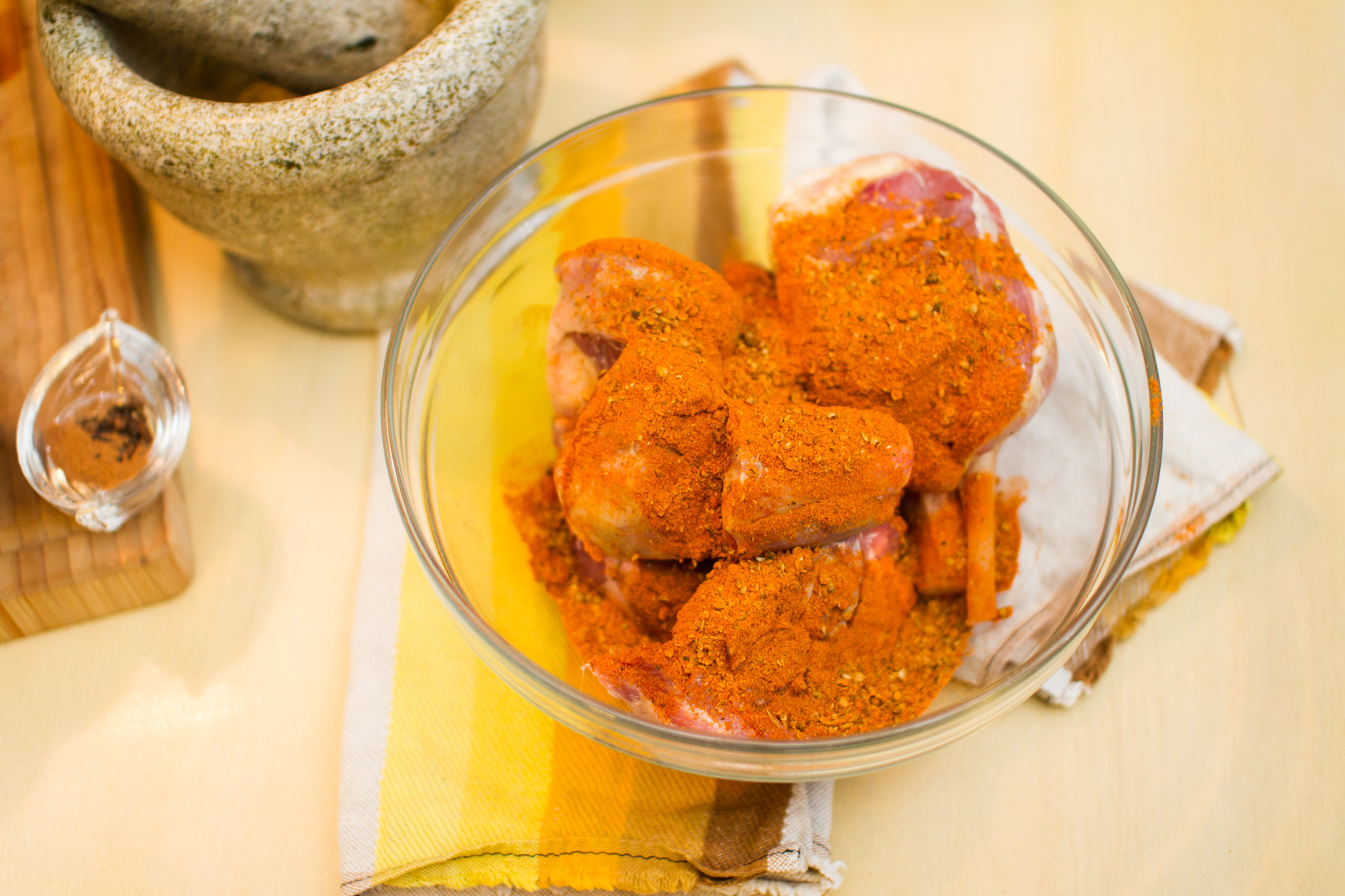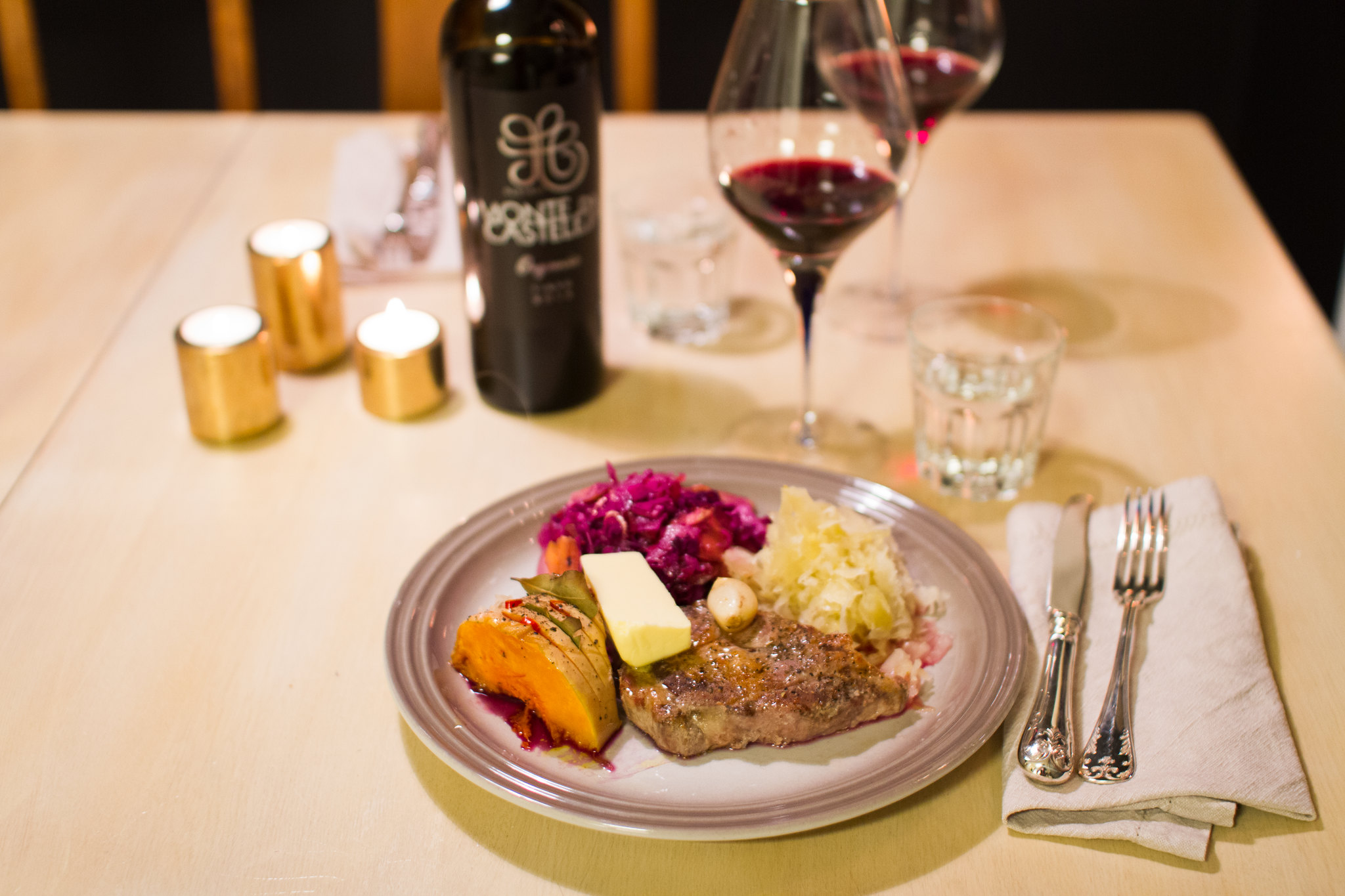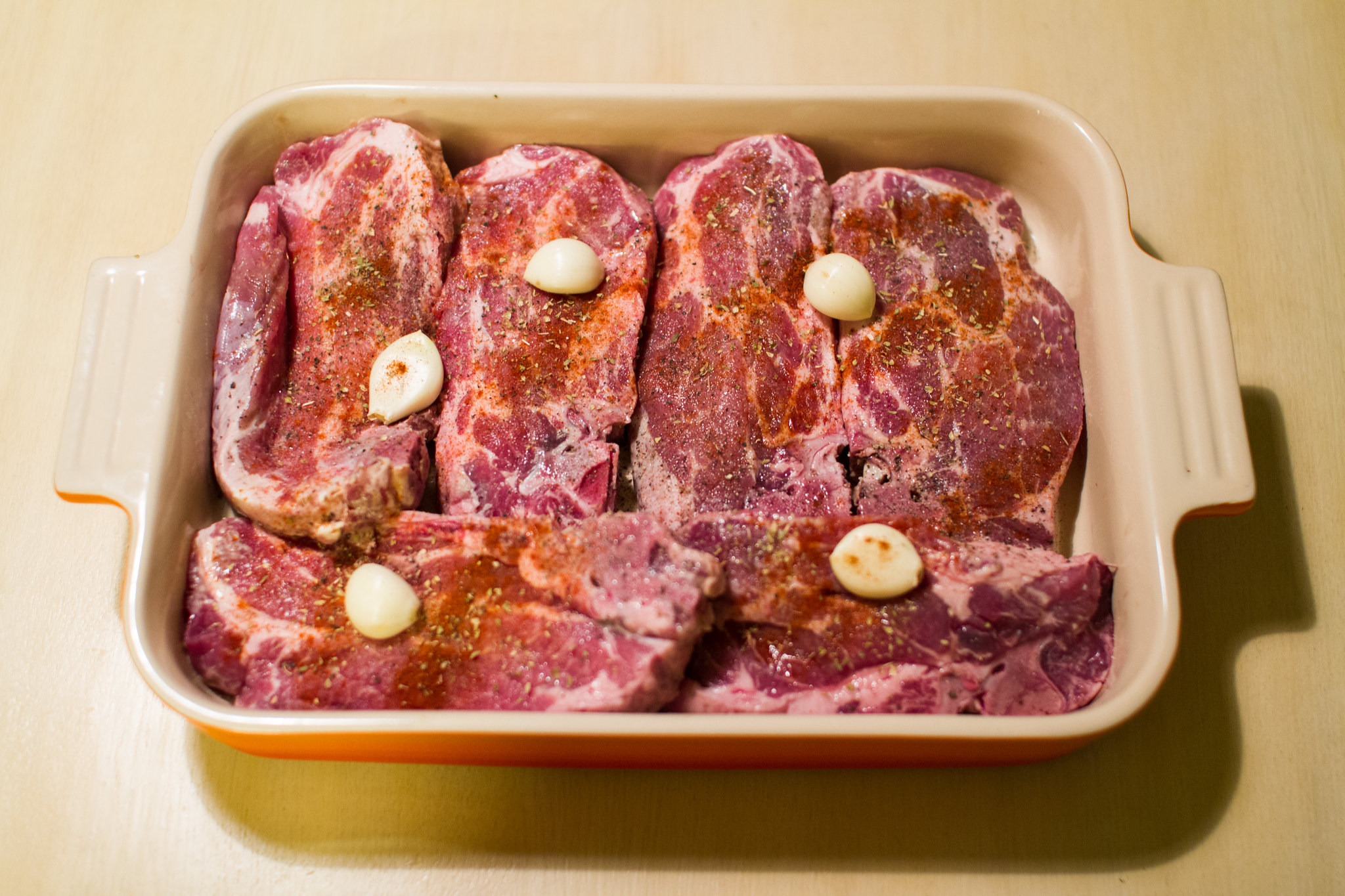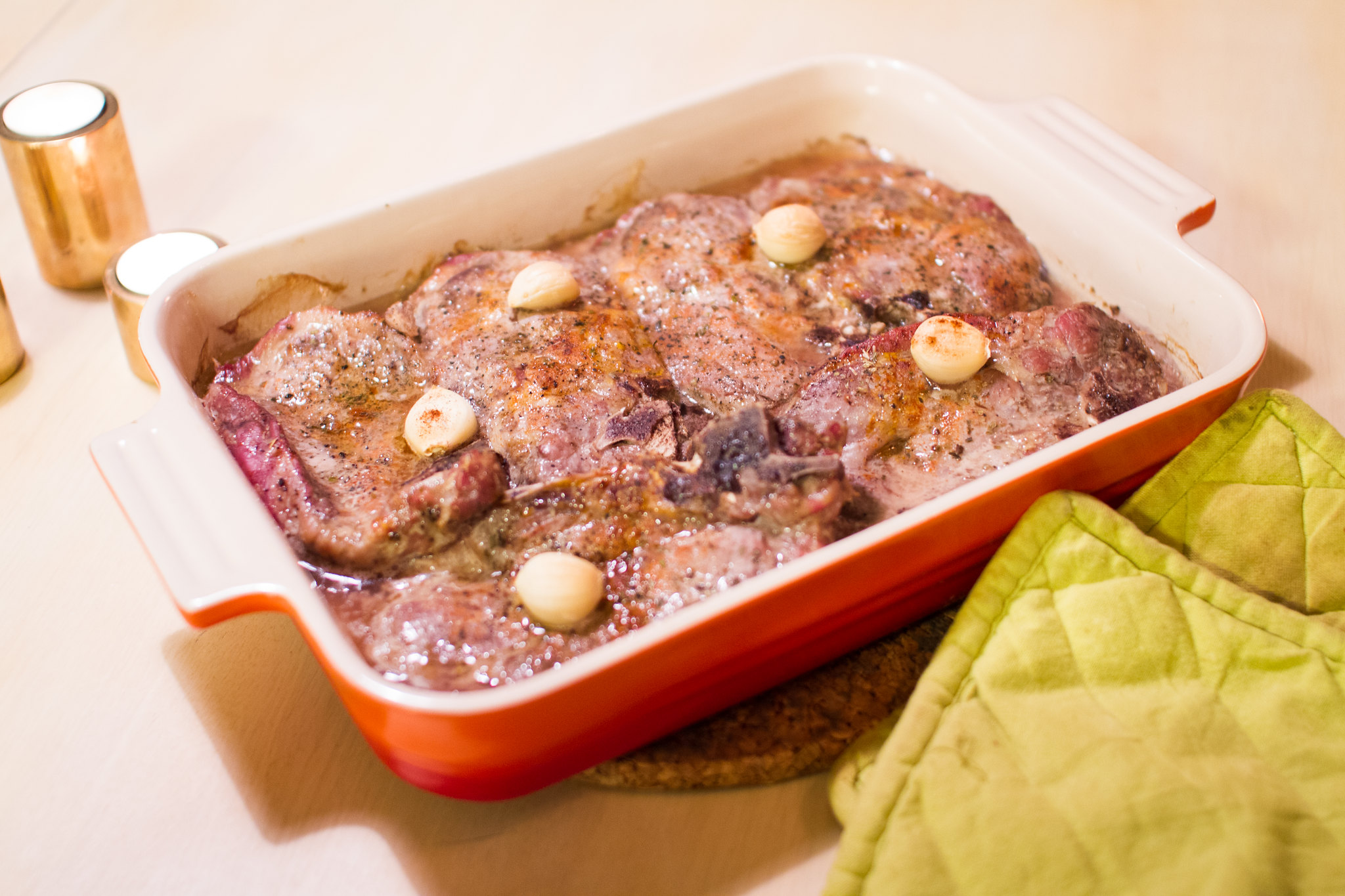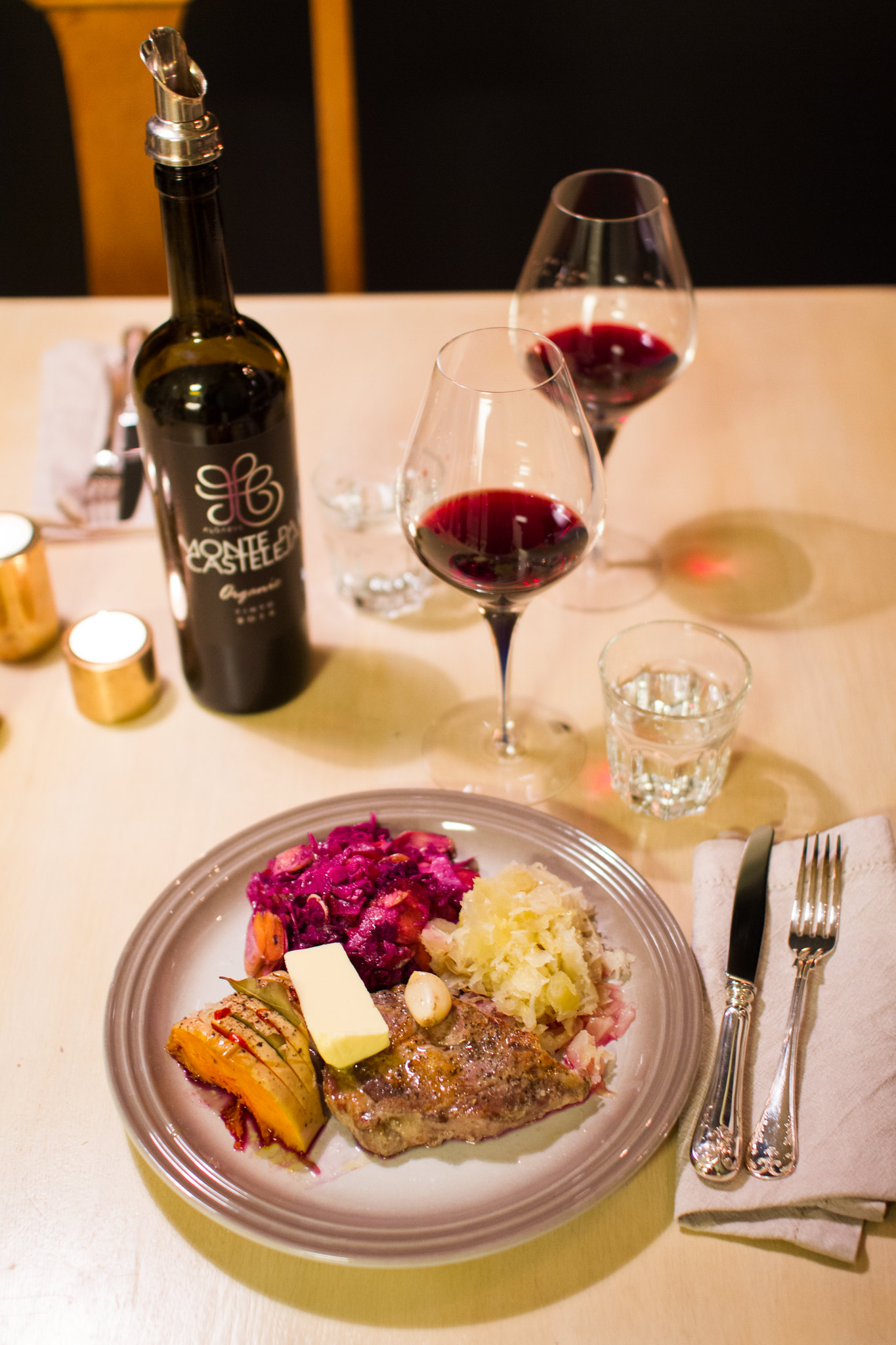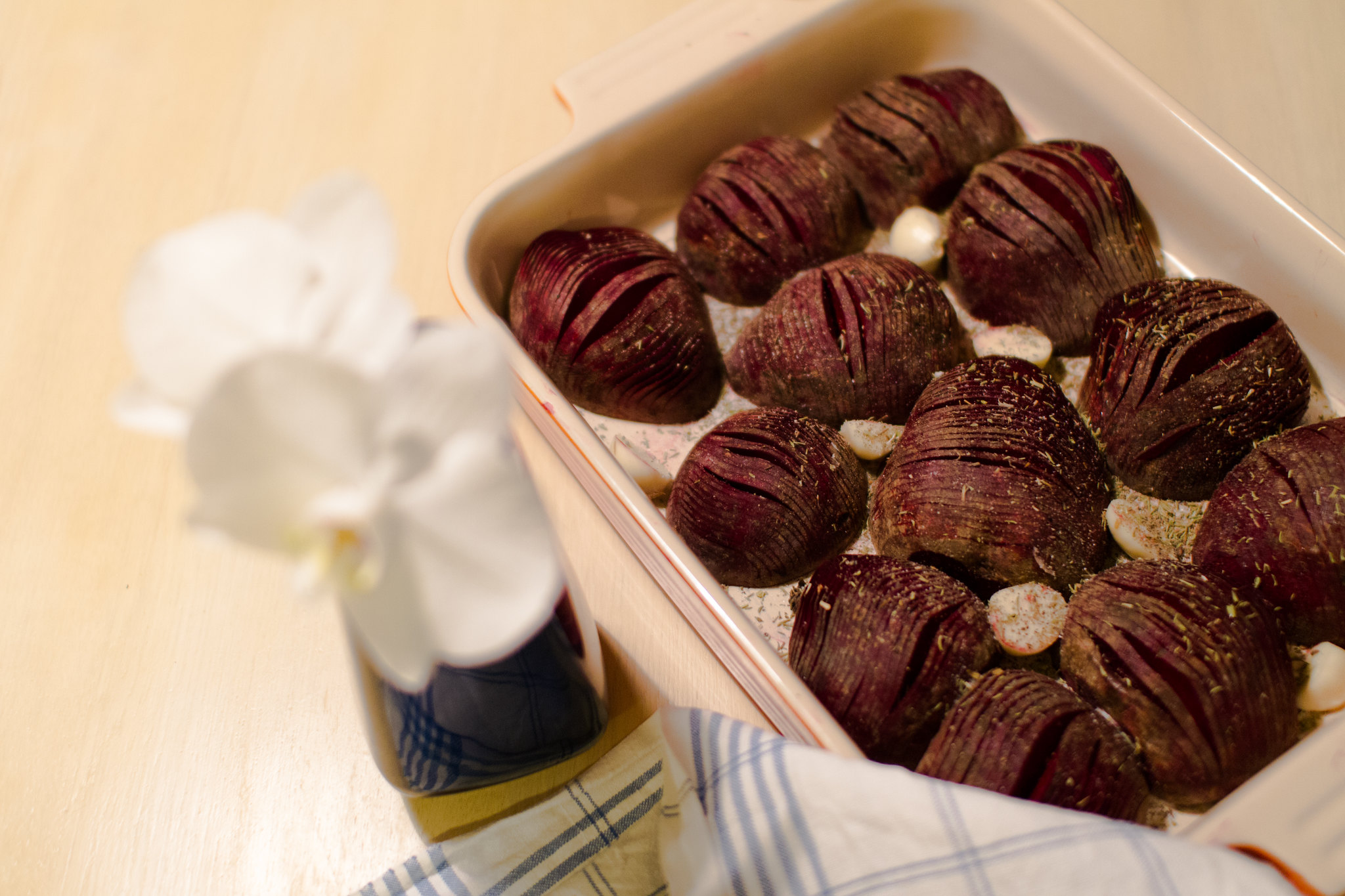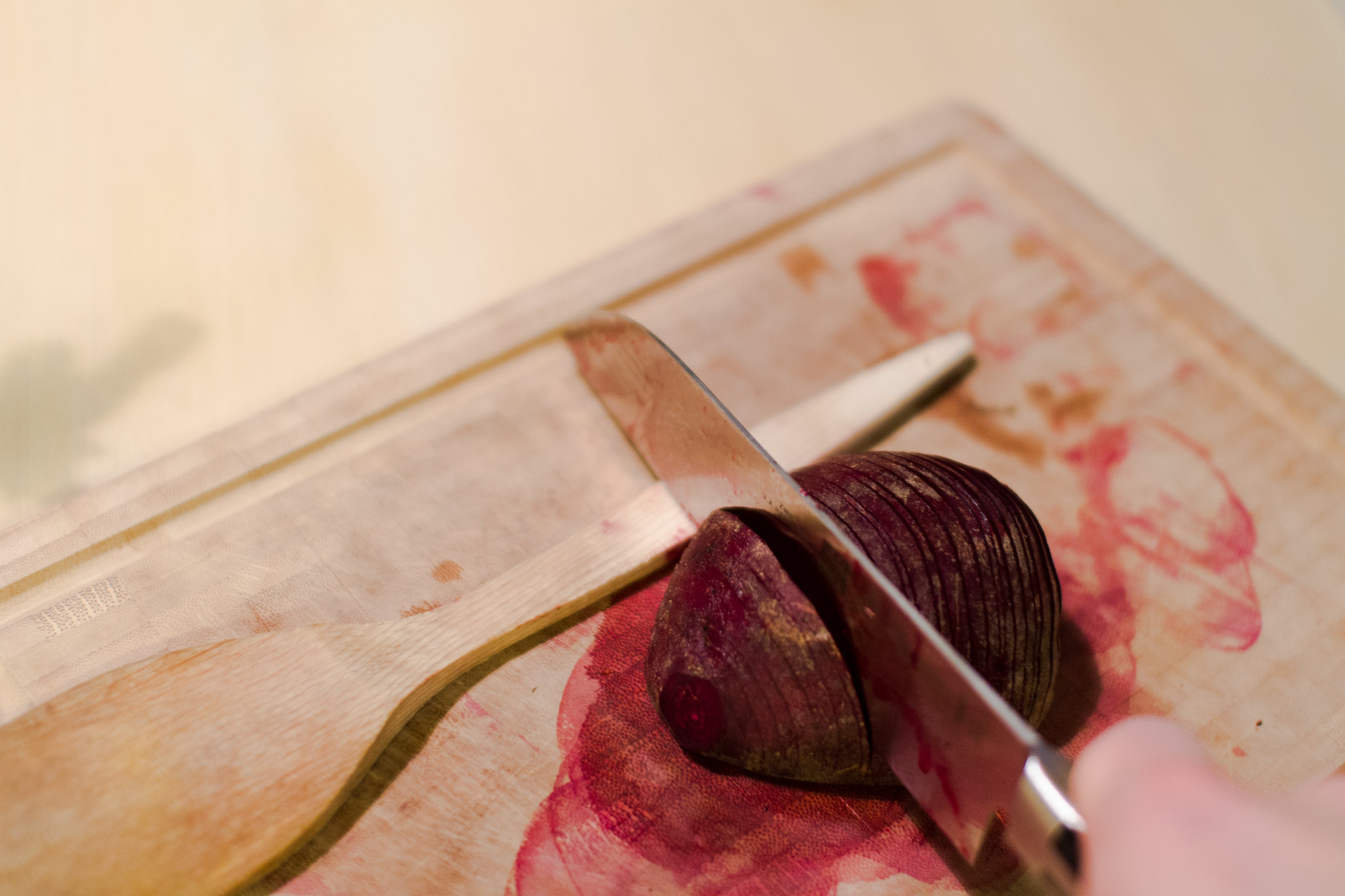As mentioned, during October I’ve been counting all my carbs and tried to translate that into how many grams of carbs each unit of insulin can handle for me. Time to use some math skills!

Carb counting
In my phone I have an excel sheet with a list of food and corresponding carbohydrates per 100 grams. In column B the carbohydrate content for each food is entered and in column C I enter the total number of grams I put on my plate (measured with help of a kitchen scale). Then I get the total amount of carbs on the plate in column D and summed up to a grand total in the end. This is the easiest way I have come up with, a quick and simple carb calculator. I’m sure there is a lot of similar ones out there, for free or to buy, but why not make one yourself! It’s especially convenient to be able to enter your home cooked food in the list as well, for example the butternut squash soup.

Insulin index
So how is the amount of carbs translated into a correct dose of insulin? With help of a table like this:
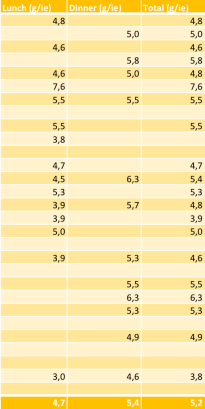
Where the numbers in each cell is calculated from another excel sheet where I enter blood glucose level before a meal and two hours past that meal as well as the grams of carbs for each meal and the dose insulin I have taken. It looks like this in each cell, one row for every day:
=IF(ABS(BGbeforemeal-BGaftermeal)<=2; gcarbs/ieinsulin; “”)
So basically what it says is that if the difference in blood glucose before and two hours after a meal don’t differ more than 2 mmol/L, then it should calculate how many grams of carbs I have eaten to each unit of insulin. Otherwise it should just give null as an answer since I’m not interested in that suboptimal outcome. I do this for lunch and dinner!
In the Total column is the average per day, expressed as:
=AVERAGE(Table[@[Lunch (g/ie)]:[Dinner (g/ie)]])
and in the end (shown as 5,2 in the yellow table above) the average of all the valid values are calculated, which is meant to give me the answer grams of carbohydrates per each unit insulin:
=AVERAGE.IF([Total (g/ie)];”>=0″;[Total (g/ie)])
That result is then used in my Calculator where I just enter the amount of carbs I’m going to eat and it gives me an answer of how much insulin I need to take by:
=[Total (g/ie)]/Table[[#Sums];[Total (g/ie)]]

Do you follow? Some skills in excel are needed, but the math is very simple!
Unfortunately, as you can see in the yellow table, it’s not always the truth! It’s seldom the truth actually and the numbers also varies a lot between the days. The body is not a machine that runs on the same terms all the time and that is one of the things that makes diabetes type 1 a nightmare to live with. But this calculator can at least be used as a qualified guess instead of just a guess.
I’m also thinking about adding the amount of protein I eat into this calculation as well to see if it gives a better qualified guess…
/Cecilia
